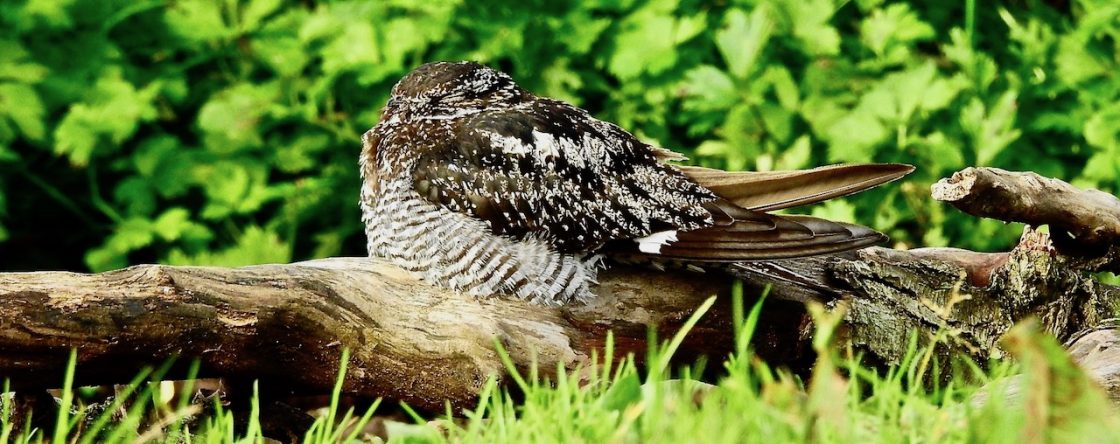I negotiated a canine-created minefield in the lush, flooded grass around Crosby Marine Lake this morning inbetween the icy deluges.
A day off meant some quality Snow Bunting time, whatever the weather or volume of festering barkers’ eggs.
The male Snow Bunting was at the seaward end of the small boating lake and was being watched by Sue and Stuart/Stewart (hi Sue and Stuart/Stewart), so I walked round to the back of them and enjoyed it trundling around the water’s edge until it flew off, trilling away to join a feeding flock of Starlings away down the lake.
As we headed towards the area, three Corn Buntings dropped in to drink from puddles on the footpath between the two lakes – I love seeing these things here, I think it’s such an interesting historical wintering population, so out of context with the rest of our local birds.
With the bird extinct as a breeder in North Wales, I often wonder if they come in from the South West Lancs mosslands via Rimrose Valley during the autumn and move back to the hinterland in spring – but if that’s the case, why don’t more of them do it?
You don’t tend to encounter them in many places elsewhere on the coastal strip in winter.
Yup, I lurvve a good Corn Bunting, even if they won’t let you get close enough for a decent pic on a wet, dark blustery November morning.
Also of interest was a colour-ringed Skylark – red over metal (left leg), yellow over green (right leg) one of Ian Wolfenden’s study birds no doubt.
There was no sign of the male Snow Bunt though, so I went back up to the top of the boating lake, settled down by a low embryo dune and waited.
Buntings, larks and finches tend to like this sheltered spot, and it wasn’t long before the Snow Bunting came back in again with a few Skylarks, all flickering snow-flake wings.
I watched it for 45 minutes or so as it grabbed grass stems to strip them of seeds just a few feet from where I was sitting.
(Fieldcraft is not walking slowly up to a Snow Bunting until it flies. No, that doesn’t count. If there’s one around just hunker down and let the bird come to you, it’s far more rewarding).
After a time the larks were spooked by a swooping gull and they rose into the wind and out over the dunes towards the beach, taking the Snow Bunting with them.
Game over.
Time to go home and get warm via a Great Crested Grebe on the main marine lake, and Water Rail and Goldcrest up at Sands Lake, Ainsdale.




















